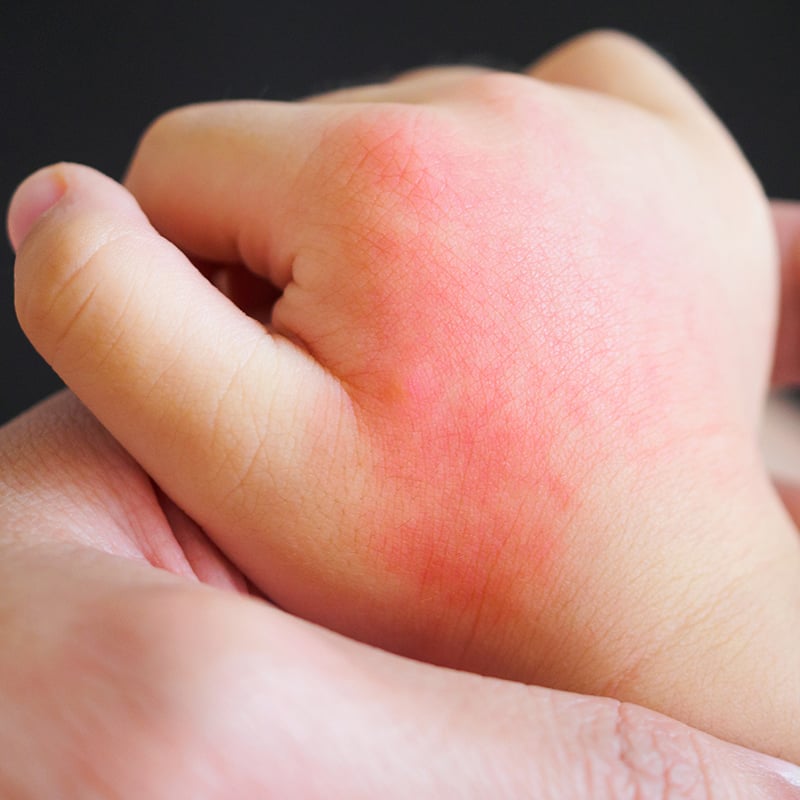Navigating varying levels of stress is something that all adults live with on a daily basis. For teenagers, it can take time to adjust to that stress – and learn to tell good stress from bad stress. The COVID-19 pandemic adds another layer that other generations have not had to experience.
According to a 2020 report from the American Psychological Association, roughly half of Generation Z teenagers say the COVID-19 pandemic is making it feel impossible to plan for their future.
Jessica Moore, PhD, works with teenagers and young adults through Rochester Regional Health Behavior Health. She has suggestions on how they can learn to better identify and manage stress.
What does stress look like in teens & adolescents?
Stress is a reaction felt by your body and mind to changing events or situations that are happening every day. These changes, known as stressors, all vary in intensity and how long they last.
One of the most significant sources of stress in teenagers is peer-related stress. Adults and younger children experience this as well, but in a less intense way.
“As teens progress into early adulthood, there tend to be more social stressors as they navigate new types of relationships, new levels of relationship intimacy with friends and romantic partners, and then also navigating who they are themselves,” Dr. Moore said.
The COVID-19 pandemic is making some of these stressors felt more intensely, or adding new types of stress. Adolescents are navigating stressors related to missing school both academically and socially, social media, school shooting threats, and racial justice – to name a few.
Some of these COVID-related stresses are shared by family members, but growing up in this particular moment provides a unique lens for them to view the world.
Signs and symptoms
With some teenagers, the older they are, the more likely they are to communicate about the stress they are experiencing. Still, there are other signs of stress that may not be obvious.
The most obvious way for a teen or adolescent to show they are stressed is by verbalizing it. Being present to listen is important.
Changes in disposition and moodiness are another common way for stress to display. Teenagers can be a rollercoaster of emotion, but if there is a significant change in how they present themselves, that can be a major sign of stress.
Other signs to watch for are:
- Withdrawal
- Anxiety and worry
- Irritability
- Aggression
- Self-harm
- Suicidal ideation
There can also be physical manifestations of stress. Some of these changes in physical wellness are
- GI symptoms
- Lack of sleep
- Increased fatigue
- Headaches
- Chronic pain
Sources of stress
Stress can be both positive and negative. Any change can be a stressor – both looking forward to something new and feeling anxious about something new are each their own kind of stressor.
“It is important for parents to not only look for negative things that might be happening, but changes in general that can make things stressful,” Dr. Moore said. “It can be changes within their child or changes outside of their child.”
There are several different categories in which these changes may be happening.
Academics
Homework, grades, and attendance can all be areas from which stress can stem. Moving up from middle school to high school or high school to college or a career can also bring a great deal of change and stressful situations.
For those who are choosing colleges or universities, the stress around whether their resume is good enough can be daunting.
Social
Navigating peer relationships are often a major source of stress for teenagers. Dynamics change rapidly as old friends may grow apart and new friends develop, which can affect mood and behavior.
As teens begin to develop their identities surrounding sexuality and gender, creating, maintaining, or ending romantic relationships and figuring out how their feelings and bodies are working is a new and confusing stage of life.
Beginning to figure out who they want to be and which group(s) they want to be a part of – a life-long pursuit – can also become a stressor.
Family
The older an adolescent or teenager becomes, the more autonomy they have. In most households, this can create stressors in the home ranging from parent-parent conflict to parent-teen conflict to a temporary emotional distancing between parents and teens.
Social media is another issue that can arise between parents and teens. Parents who monitor their children’s social media use may have conflicts over how much autonomy their children want vs. how much they need. Once teenagers are on social media, navigating those dynamics with their peers, keeping up with being part of a group, maintaining a certain image, and potentially being anonymously bullied can all be sources of stress as well.
Managing stress
There are several practices families can put into place to manage stress well in the moment and also develop long-term coping skills. The best method overall is talking about stress openly.
Validating the way a person is feeling or experiencing the world can open them up. If a person is able to listen to what is going on and doesn’t get caught up in how someone is acting, they may be able to discern why they are acting the way they are acting.
Taking some extra time to figure out what is going on that is causing a child to act a certain way will help both the parent and the child in the long run.
Ensure your family has a regular set of practices to de-stress. Dr. Moore suggests some of these ideas:
- Listening to music
- Exercising regularly
- Mindfulness and deep breathing
“Using these strategies in 10-30-minute breaks are a really great tool,” Dr. Moore said. “Breaks shouldn’t be several hours; they aren’t designed to be used as a distraction. That can turn into procrastination, which can lead to more stress.”
When used properly, regular stress management is similar to a vitamin; it can help to regulate your stress levels when incorporated as a daily routine.
Asking for help
If stress is lasting for two weeks or longer, or significantly affecting a teenager’s functioning in a way that is having an impact on their life, ask your pediatrician for a referral.
If there is concern for a child’s immediate safety, don’t wait – seek help as soon as possible.
Genesee Mental Health takes walk-in appointments 3 days a week: Mondays from 9:30 a.m.-12:30 p.m., and Wednesdays & Fridays from 8:30 - 10:30 a.m.
Finding a therapist who can work with your child can be a helpful addition for the entire family. The assistance they provide will help everyone, both in the short term and in the long term.
“Trying to normalize that stress doesn’t mean you are weak or you can’t ‘handle life’”, Dr. Moore said. “The strong thing to do is recognize what’s happening and act on it.”








